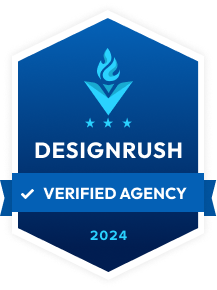Dial, an antibacterial soap developed in 1948 by Armour and Company, claimed to be the first soap in history that removed “skin bacteria that cause perspiration odor.” The name Dial — think of a watch face — was chosen for the product’s “round-the-clock” protection against odor caused by sweat. The popularity of the product led to the company name changing to Armour-Dial; today it is the Dial Corporation.
Before it was the ubiquitous throw-away handkerchief, the Kimberly-Clark paper manufacturing company marketed Kleenex tissues as a disposable method for women to remove cold cream and makeup from their faces. The name is thought to be a bastardization of the word “cleansing,” shortened to “clean” and spelled similarly to the company’s “Kotex” — or “cotton textile” — product.
And what’s with the letter K? At least one inventor found it to be a “strong and incisive letter.” It was a favorite of George Eastman, who played around with words both beginning and ending with the letter until he came up with the name “Kodak” for his camera. He saw several advantages in doing so: it was short, easy to pronounce and it would always only be associated with his product — it was a made-up word after all.
On the other hand, the letter K was dropped from another product because the creator and his bookkeeper thought the letter C — twice — would look better in advertising. John S. Pemberton, whose formula for a carbonated drink contained coca leaves and kola nuts, had his partner Frank M. Robinson create a dramatic and flowing script that the iconic Coca-Cola brand still uses today.
While its easy enough to just to go with an acronym — IBM, IKEA, AT&T — or assuage the ego and name a product after the inventor (Schick razors), their daughter (Wendy’s) or their pet (Zynga), some brand names are not nearly as abstract as one might think. Starbucks? In the classic novel “Moby Dick,” the character Starbuck liked his coffee. Nike is the Greek goddess of victory. Volkswagen is literally translated as “the people’s car.” And Häagen-Dazs? It is nonsense the guys behind the ice-cream made up “to convey an aura of the old-world traditions and craftsmanship.” The name has zero meaning.
Some brand names evolve out of necessity. In the face of a lawsuit by competitor” I Can’t Believe It’s Yogurt!” the frozen yogurt company TCBY was forced to change its bacronym from “Ths Can’t Be Yogurt” to “The Country’s Best Yogurt .”
Still other names are happy accidents: Google — the search engine that you likely have already used today and will again later — is a misspelling of the word “googol,” a term to denote massive quantities of information. As google.com was unregistered, it stuck and the rest, as the giant cliche goes, is history.
